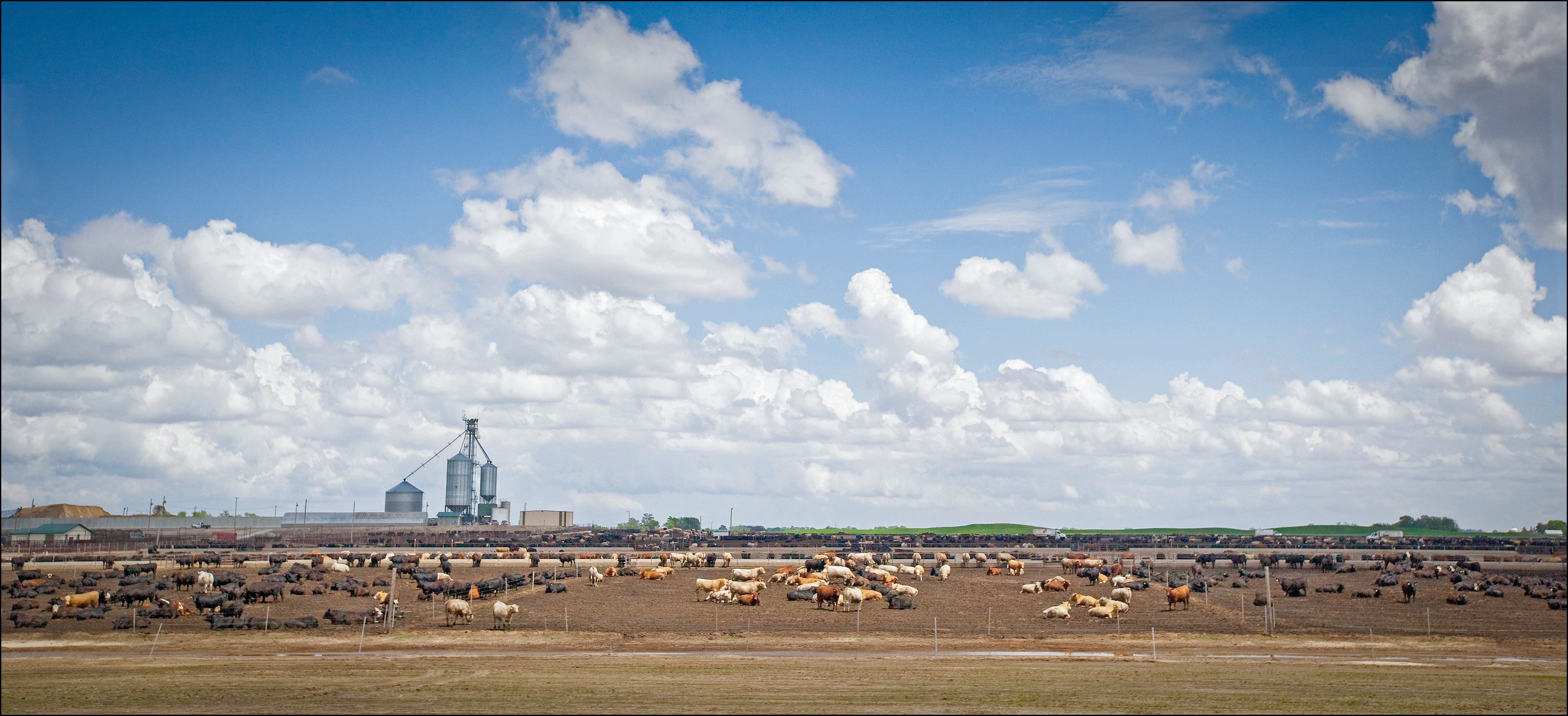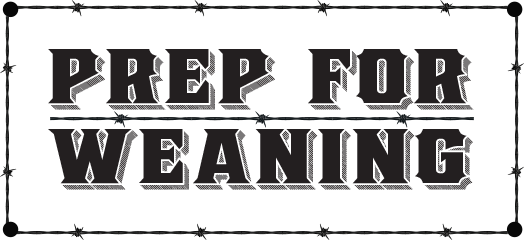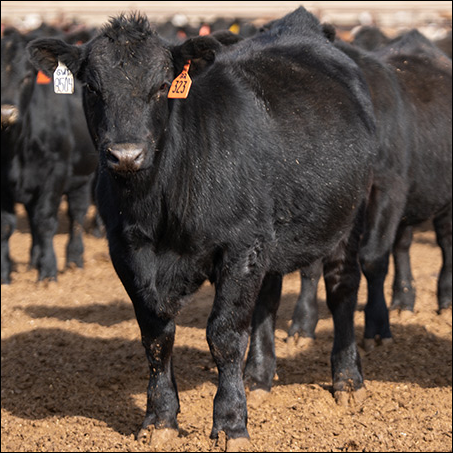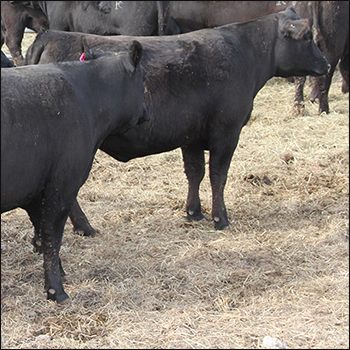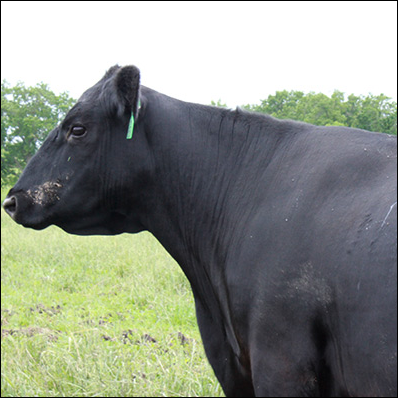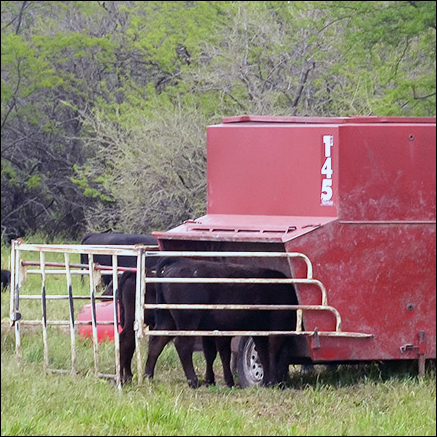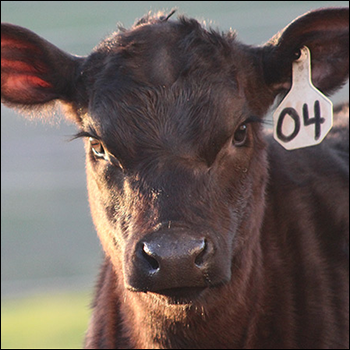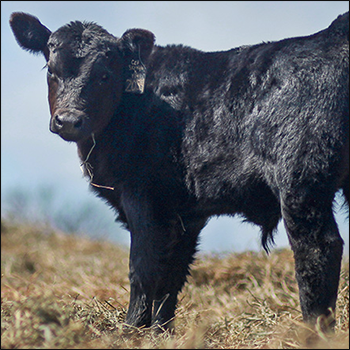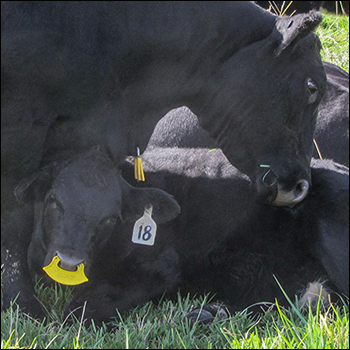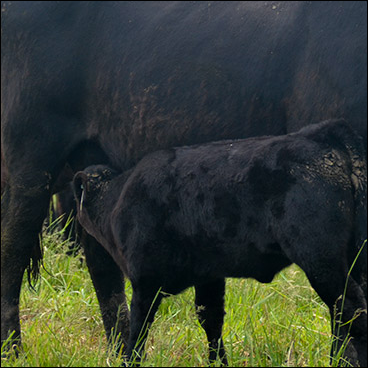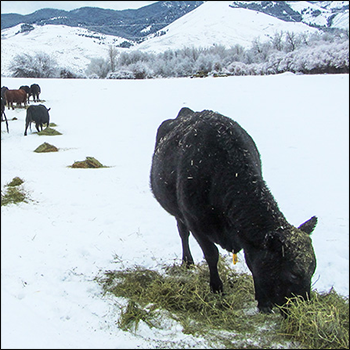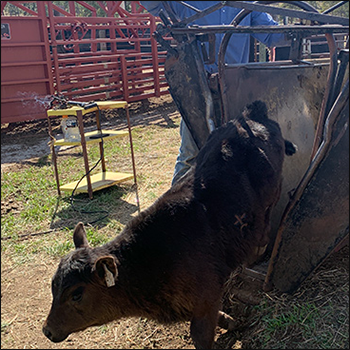Feeder-cattle Markets Adjust to Higher Feed Prices
When feed prices are high, heavier feeder cattle earn premiums.
Rising feed prices continue to be reflected in feeder-cattle markets. Market prices for feedgrains increase in order to ration feed demand to balance with a limited supply. The high price of feed is a market signal to all feed users to use less grain.
Market Closeout
Weaning is a stop along the way.
Commentary by Troy Marshall, American Angus Association
Like most cattlemen, I always considered weaning to be an end goal. For most cattlemen who sell their calves at weaning, their focus is on getting cows bred to the right bulls; calving them out; and keeping them alive, healthy and well-fed. All the time, they are focusing on doing it as efficiently and with as few costs as possible. Getting the calves to weaning, with the right genetics, right nutrition and right health status is a monumental task that requires a lot of our focus.
Checkoff Reaches 35 Years
Cattlemen’s Beef Board to mark beef checkoff’s 35th anniversary, launch new visionary award at Cattle Industry Convention.
Thirty-five years ago, the Beef Checkoff program became a reality. The Cattlemen’s Beef Board, the organization responsible for overseeing Beef Checkoff collection and program funding, will celebrate the program’s anniversary during the upcoming Cattle Industry Convention in Nashville, Aug. 10-12.
Where is the Beef Industry Going?
Trends noted from BIF morning session speakers.
It’s easy to believe the doom and gloom presented by mainstream media surrounding agriculture — alternative proteins, climate change, carbon credits. Despite these challenges, the beef industry is still moving forward. Speakers during the first general session of the 2021 Beef Improvement Federation Research Symposium & Convention focused on how the beef industry can build a bright future.
In the Cattle Markets
Large cow slaughter continues.
Cow slaughter continues to run ahead of a year ago, led by beef cows. Even with larger slaughter, prices are ahead of last year. During the last three months, beef cow slaughter totaled 818,000 head, the most since the 837,000 during the same period in 2010. Total cow slaughter during the same period is the largest since 2013. At that time, the industry was reducing the number of beef cows due, mostly, to low prices, and then the drought in Texas and the Southwest hit.
The Link
Be ahead of the storm of change.
by Ginette Gottswiller, American Angus Association
Emotions ran high. The auctioneer’s chant was strong, but occasionally his voice cracked. This was the last time he would be on the block in this old sale barn. It was the last day anyone would sell cattle crossing these scales or see cattle walking down these alleys.
Genomics Use in Improving Meat Quality
Research into multiple genetic effects on meat quality could lead to genomic selection tools.
“I don’t think I have to convince anybody in this room that carcass and meat quality attributes are important to the beef industry. They are important because they drive consumer demand and producer profitability,” said Raluca Mateescu, as she addressed an audience gathered during the 2021 Beef Improvement Federation Research Symposium & Convention hosted June 22-25 in Des Moines, Iowa. The University of Florida beef cattle geneticist said it’s also important that carcass and meat quality traits are heritable and can be improved through genetic selection.
